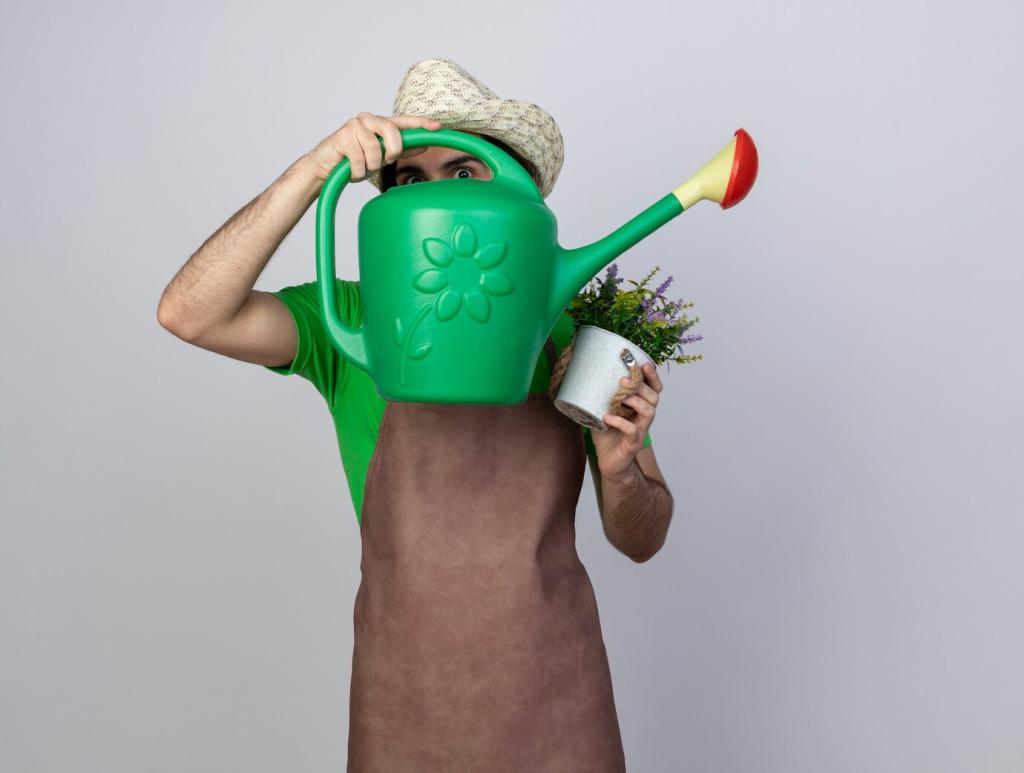DIY Green Cleaners That Actually Work
Combine distilled water with a teaspoon of unscented castile soap and a tablespoon of alcohol-free witch hazel. Lightly mist, then blot. Avoid essential oils on delicate fabrics; if used, keep to one drop per cup and patch-test to prevent staining.
DIY Green Cleaners That Actually Work
Blend a small amount of baking soda with warm water and a drop of castile soap into a soft paste. Apply gently, wait a few minutes, and blot with a damp microfiber cloth. Follow with a distilled-water rinse and absorb moisture with a dry towel.








